How does maca work? Macamides and the ECS
Maca works in the endocannabinoid system of the brain and body. The main medicinal properties can be attributed to bio-active chemicals called macamides and macaenes. These metabolites are completely unique to maca and are responsible for most of its adaptogenic activity.
The shamans of Peru claimed that maca was only medicinal once dry and needed to be cooked to ‘unlock the medicine’. Scientific studies have now shown that the formation of the main bio-active macamides actually results from a biochemical reaction that occurs during the traditional drying and heating of maca. Just as the shamans claimed, fresh maca has little medicinal value in terms of macamides and sun-drying prior to cooking is essential to creating a medicinal grade powder.
Macamides from maca have a very similar chemical structure to our natural anandamide – a natural human cannabinoid that regulates our endocannabinoid and endocrine systems.
How do macamides work?
Macamides work in our brain to preserve and increase levels of our own natural endocannabinoids, like anandamide (our bliss molecule), by inhibiting an enzyme called FAAH that usually breaks it down (FAAH – fatty acid amide hydrolase). As the macamides and anandamide have a similar chemical structure they confuse the enzyme and slow breakdown of natural anandamide, meaning the brain maintains higher and more resilient levels of anandamide (bliss) for longer.
Anandamide breakdown by FAAH
Anandamide protection by macamides
Macamides act as FAAH inhibitors to slow down the natural breakdown of our own anandamide.
What dose of macamides do you need?
The dose required for activity varies depending on the body weight, metabolism and other factors like stress levels of the person etc. But as a rough guide we estimate the following:
Mild conditions – 40-60 mg total macamides daily
Moderate conditions – 60-80 mg total macamides daily
Severe conditions – 80-100+ mg total macamides daily
Check the total macamide levels on the back of your pack of maca to ensure you are giving your brain enough to provide an adequate adaptogenic response.
What are endocannabinoids?
Endocannabinoids like anandamide are regulatory molecules that act like a switch in your body to reduce the negative impacts of stress and to balance natural endocrine function. A primary function of the endocannabinoid signalling system is to maintain or recover homeostasis following psychological and physiological threats. Endocannabinoids are predominantly made and exist between neurons in the brain and provide feedback for the messages crossing the synapse carried by neurotransmitters like serotonin. In essence anandamide is the yin to the yang of serotonin and they both work together to maintain health and happiness in the nervous system, when one is in balance it helps to balance the other and vice versa.
The endocannabinoid system
The endocannabinoid system with maca
Anandamide allows feedback across the neurons by binding the CB1 (Cannabinoid 1) receptor to regulate the flow of neurotransmitters into the synapse. It acts as a homeostatic regulator, however is short lived and destroyed rapidly by FAAH. Macamides from maca act to protect natural anandamide and slow it’s breakdown leading to higher levels of anandamide for longer and a more resilience nervous system.
How does protecting Anandamide help?
Anandamide is a regulator of endocrine function including the messaging to the hypothalamus-pituitary-adrenal (HPA) axis of the body, which controls our natural stress response. By slowing the breakdown of anandamide and increasing circulating levels the body builds a natural long-term strength and resilience to stress. These features of endocannabinoid signaling make it a tantalizing therapeutic target for treatment of stress-related disorders. The downstream benefits of this mode of action means maca has the ability to regulate countless processes in the body including hormone production, pain sensation, metabolism, neurotransmitter production (serotonin), energy production, adrenal function and much more. Its mode of action is unique, it is not a stimulant, it can be used for long-term sustainable treatment and it is well tolerated by most people.
Maca can harmonise the HPA axis of the nervous system and balance our response to stress by protecting our natural anadamide.
Maca vs Cannabis
Firstly, their modes of action differ slightly with maca having more of an effect solely on anandamide levels and less direct action on CB1 or CB2 receptors. This mode of increasing the concentration of human endocannabinoids, rather than administering exogenous plant cannabinoids, offers many therapeutic advantages and can reduce cannabinoid-like adverse events. Therefore, FAAH inhibitors like the macamides found in maca have the potential to provide a more natural way to return balance to the body. Their onset of action is mild and slow, however they act more accumulatively and sustainably for long-term consistent health benefits without losing sensitivity.
Like maca, not all cannabis is equal and there are some plant cannabinoids that also display similar properties. Cannabidiol (CBD) for example has been shown to be more selective for preventing anandamide re-uptake than interacting directly with the CB1 receptors. This mode of action works well in complement with maca and macamides. Reduced re-uptake of anandamide by CBD and reduced breakdown of anandamide by maca provide a powerful synergistic effect to bring about HPA regulation more rapidly than either plant independently. So combining them in treatment makes perfect sense. To see more about the benefits of maca review our article.
Learn more about our maca products
Note: There is no upper limit with maca and everybody is different, so it is important to find your ideal dose that is right for your body, for some this may be less than the recommended for others it may be more. If you experience positive health benefits then we suggest you continue treatment at that ideal dosage. The material provided on this website is for information purposes only. It is not intended to replace medical advice or be a treatment for any medical condition. Users should consult a health professional if you have any concerns about your health, are starting any health or nutritional related treatment, or for any questions you may have regarding your own or any other party’s medical condition. Information and statements regarding dietary supplements have not been evaluated by the Food and Drug Administration and are not intended to diagnose, treat, cure, or prevent any disease.

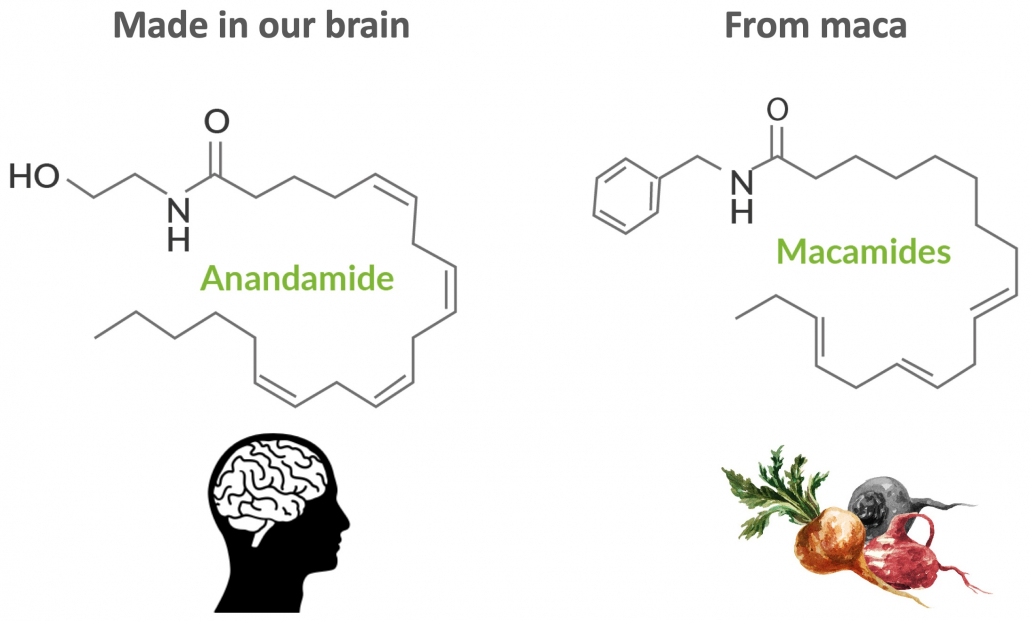
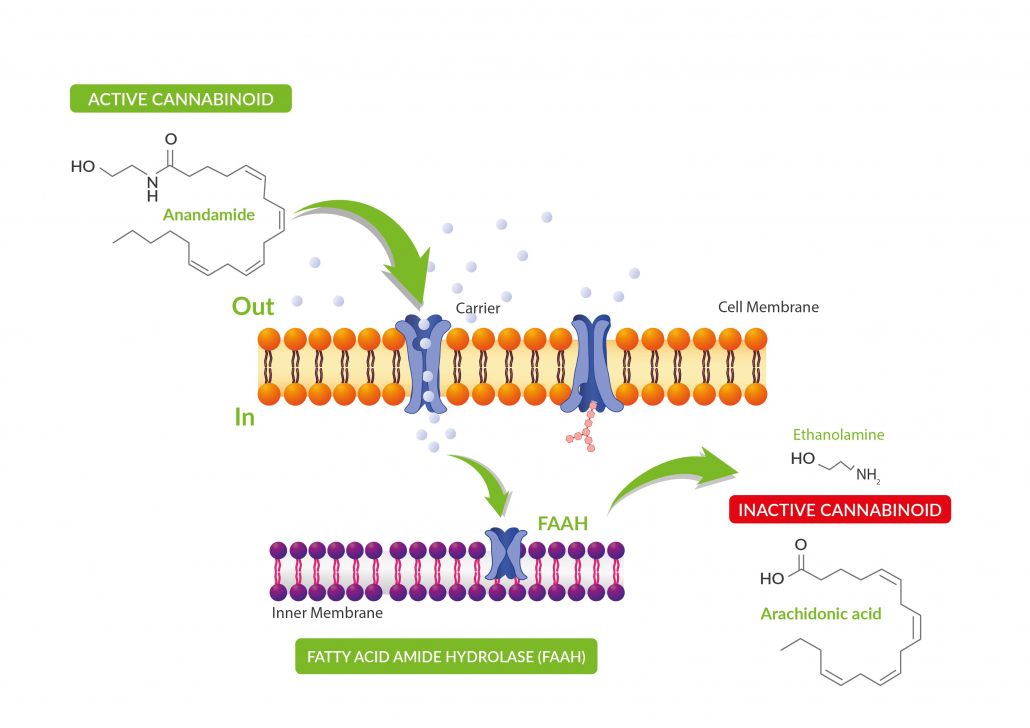
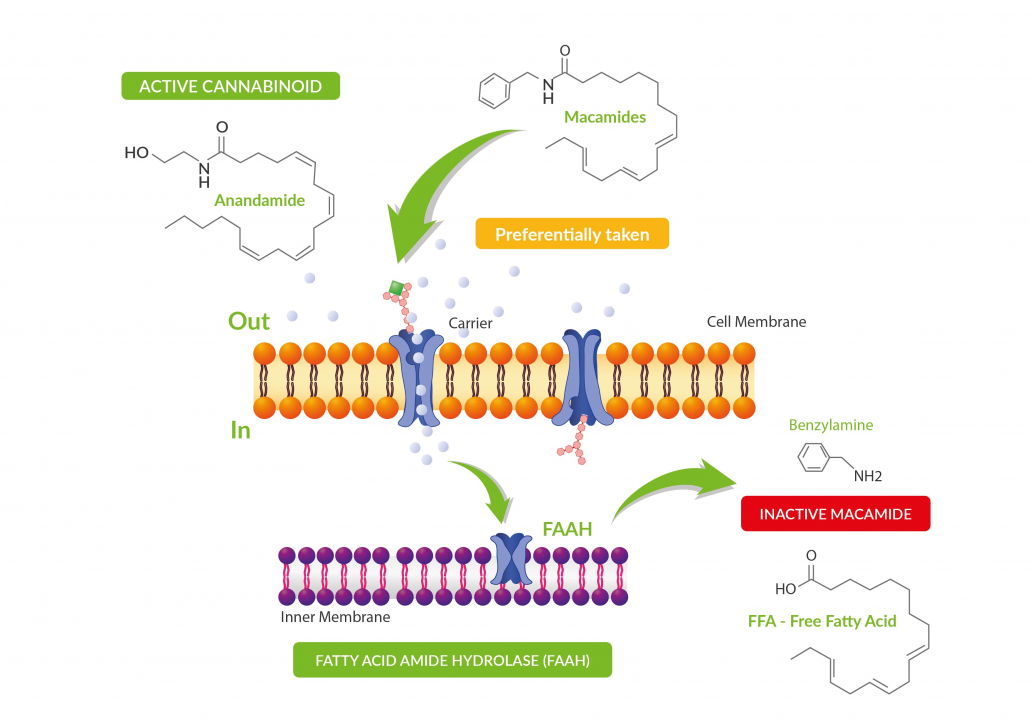
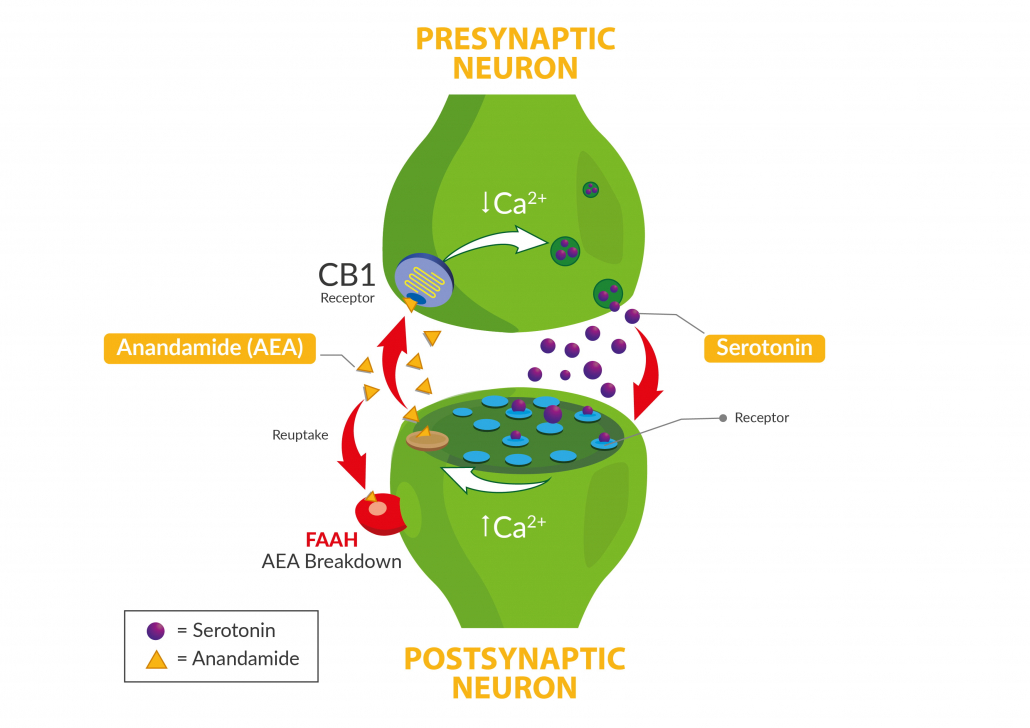
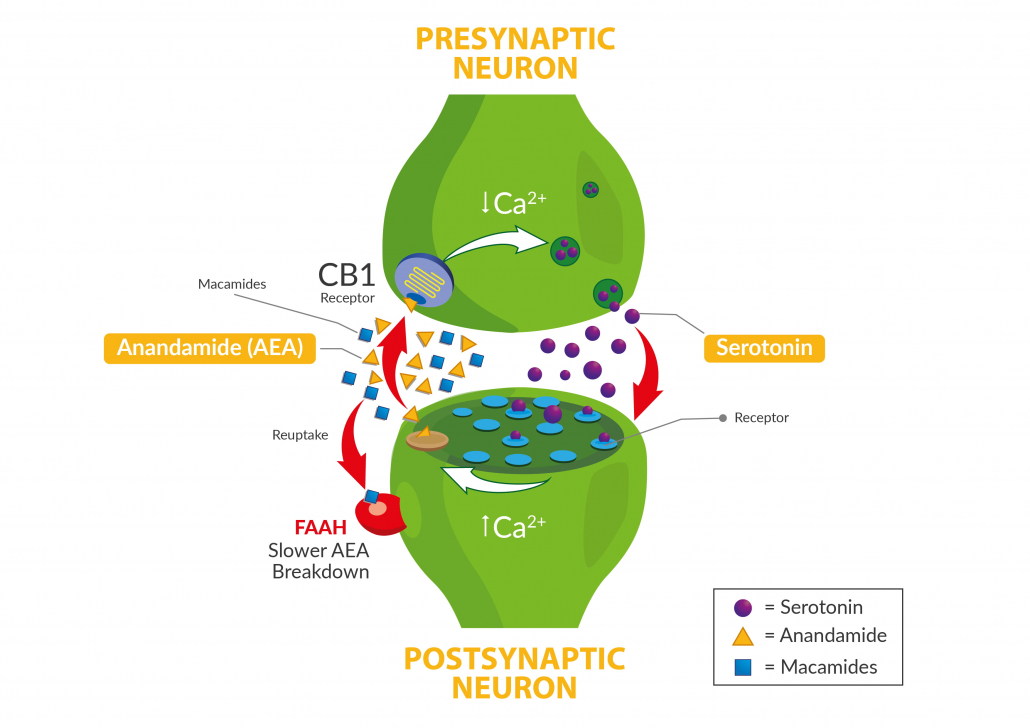
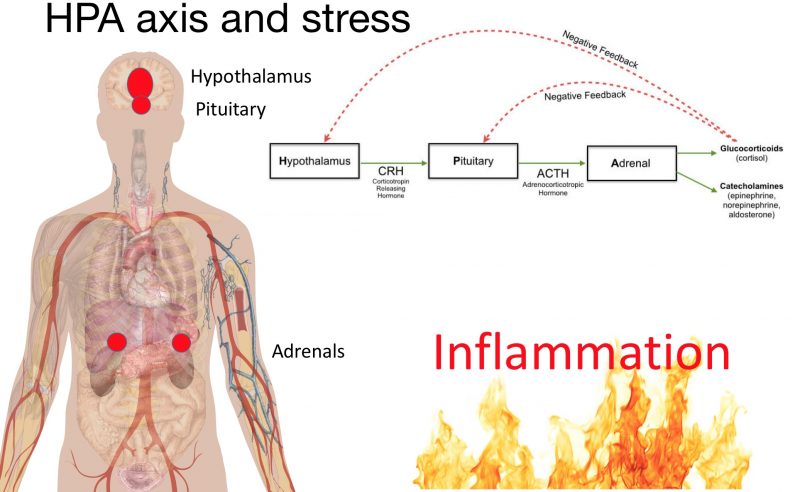

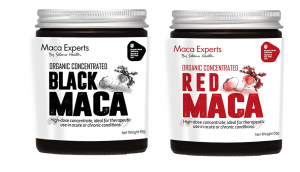
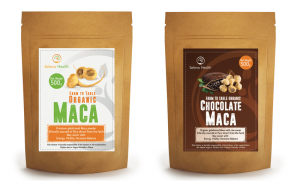

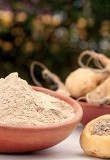

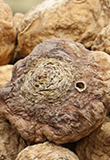





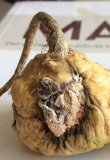
Leave a Reply
Want to join the discussion?Feel free to contribute!